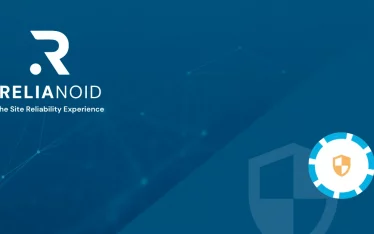In today’s interconnected industrial environments, ensuring security has become a paramount concern.
The convergence of IT and OT (Operational Technology) in industries such as manufacturing, energy, and logistics has brought new efficiencies—but also new vulnerabilities. Cyberattacks targeting industrial systems can have devastating consequences, from operational downtime to compromised safety. This is where Zero-Trust Micro-Segmentation becomes a critical strategy.
What Is Zero-Trust Micro-Segmentation?
Zero-Trust Micro-Segmentation is a security model that divides an industrial network into granular zones and enforces strict access controls.
Unlike traditional security approaches, which rely on a secure perimeter, Zero Trust assumes that no user, device, or system inside the network is inherently trustworthy. Micro-segmentation complements this by limiting access to only what’s necessary for each entity, drastically reducing the attack surface.
Why Is It Essential in Industrial Settings?
Minimizing Lateral Movement
Once an attacker breaches a network, they often move laterally to exploit additional systems. Micro-segmentation prevents this by isolating critical components, such as SCADA systems, PLCs, and sensors, ensuring that even if one part of the network is compromised, others remain secure.
Granular Access Control
Industrial environments often involve a mix of legacy systems, IoT devices, and modern applications. Micro-segmentation enforces policies tailored to specific devices, allowing only necessary communication, such as between a sensor and its corresponding controller.
Compliance and Risk Management
Regulations like IEC 62443 and NIST SP 800-82 emphasize the importance of securing critical infrastructure. Zero-Trust Micro-Segmentation helps industries align with these standards by demonstrating robust access control and segmentation practices.
Resilience Against Insider Threats
In industrial settings, insider threats—whether intentional or accidental—pose significant risks. By enforcing strict, role-based access within micro-segments, Zero Trust minimizes potential damage caused by malicious or unauthorized actions.
Key Benefits
- Enhanced Visibility: Administrators gain insight into network traffic, understanding what is happening at each segment.
- Reduced Attack Surface: Isolated zones mean fewer opportunities for attackers to compromise the network.
- Improved Incident Response: Containing a breach within a micro-segment allows for quicker resolution and less operational disruption.
Implementing Zero-Trust Micro-Segmentation
- Asset Identification: Map all industrial devices, applications, and communication flows.
- Policy Definition: Establish rules for permitted interactions between devices and systems.
- Continuous Monitoring: Use tools to monitor traffic and enforce policies dynamically.
- Integration with Existing Tools: Leverage existing firewalls, network access controls, and intrusion detection systems to support segmentation.
Conclusion
Zero-Trust Micro-Segmentation is more than a trend—it’s a necessity for industrial cybersecurity. By adopting this approach, industries can ensure the security, reliability, and compliance of their operations in an increasingly digital and interconnected world.
Implementing such a strategy requires careful planning, but the payoff—protecting critical systems and ensuring business continuity—is invaluable. At RELIANOID, we can certainly help you, just contact us.





